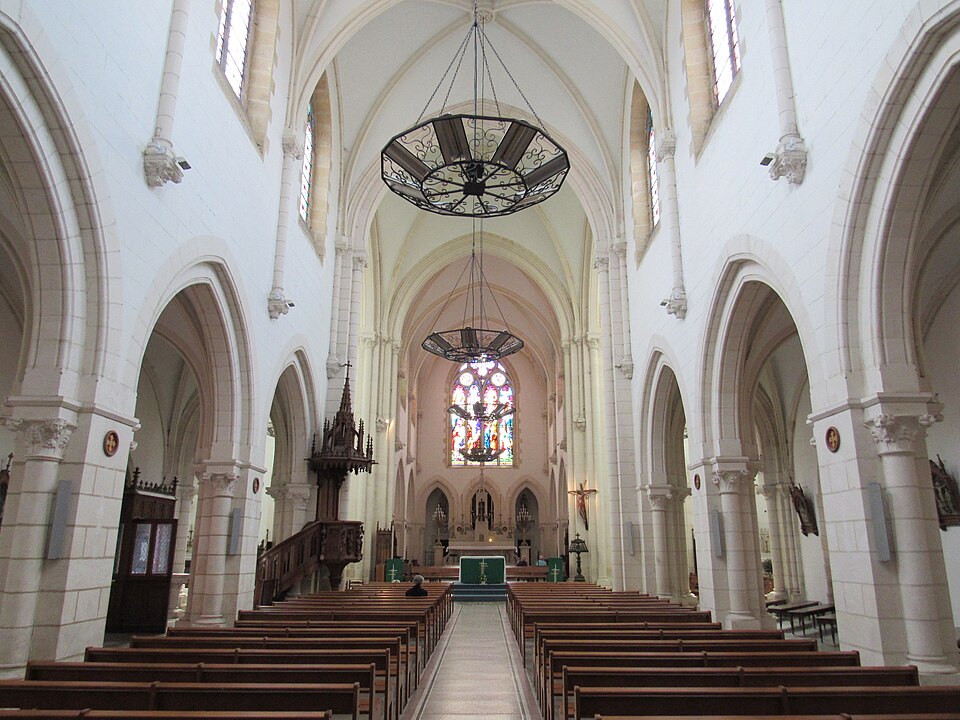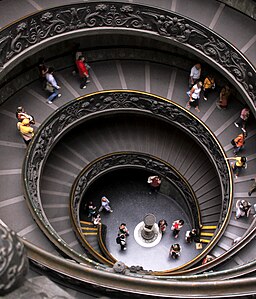Saint-Germain Église Fire: Another Historic Religious Site Arson
On September 29, 2025, the historic Église Saint-Germain, situated in La Châtre, Indre, France, suffered damage from a fire. The fire primarily resulted in smoke infiltration and minor interior fire damage. Seven individuals were mildly affected by the smoke, experiencing discomfort (potentially respiratory irritation, etc.). They received medical attention and check-ups.
In response to the incident, local authorities implemented a localised intervention, including smoke evacuation operations.

The Saint-Germain Church
Église Saint-Germain in La Châtre is a heritage-listed parish church that exemplifies the Romanesque-Gothic transition prevalent in the Berry region. The current structure stands on the site of the original church constructed in the 11th century.
Over the centuries, the church underwent multiple reconstructions after being destroyed by fire and structural failures. The present building incorporates elements from the 15th and 19th centuries and was consecrated in 1904 following the collapse of the 19th-century bell tower. Key architectural features of Église Saint-Germain include:
- Thick limestone masonry load-bearing walls
- Timber-framed, tiled roof with clerestory windows but limited attic access
- Vaulted nave
- Side chapels with historic liturgical wooden furnishings
- Resin-based statues, including a Virgin Mary figure
- Limited natural ventilation and the absence of modern HVAC systems
- Single main entrance with narrow side accesses, characteristic of churches of its era
Fire Origin and Development
At approximately 15:00, a fire erupted, detected by bystanders who observed flames engulfing a resin statue of the Virgin Mary and adjacent liturgical textiles. The rapid ignition of synthetic materials, coupled with the church’s inadequate ventilation, resulted in the accumulation of thick, dense smoke.
Prompt action by witnesses utilising portable extinguishers prevented the fire from spreading to larger structural elements, effectively mitigating flame damage.
However, smoke infiltration was extensive, depositing soot on stone, wood, and fabric surfaces throughout the nave and sanctuary, posing significant conservation risks.
Firefighting Response
Fire units from the Service Départemental d’Incendie et de Secours de l’Indre (SDIS 36) responded promptly, undertaking the following actions:
- Assessment and Safety Control: Confirmation of extinguished flames, treatment of seven individuals suffering mild smoke inhalation, and structural integrity checks to ensure no compromise of walls or roof.
- Smoke Extraction: Due to inadequate natural ventilation, mechanical ventilators were deployed. A temporary opening was created to facilitate smoke evacuation, enabling safe reentry by emergency assessment teams.
- Damage Control and Salvage: Prioritisation of protecting artworks and liturgical items from soot damage. Coordination with regional heritage authorities commenced for subsequent restoration planning. Access to the church was restricted pending conservation assessments.
Investigation and Aftermath
On October 5, 2025 the investigating authorities had moved beyond the initial “considering the possibility” of arson and, based on initial evidence, were already publicly reporting a finding of multiple intentional ignitions (three). In particular, the initial fire was observed engulfing a resin statue of the Virgin Mary and an adjacent liturgical fabric/textile. This area, which was the visible source of the fire detected by witnesses, would constitute at least one of the ignition points.
The specific locations of the other r two separate ignitions have not been disclosed, likely because this information is part of the ongoing criminal investigation being handled by the forensic technicians.
Authorities had to considering the event within the broader context of increased incidents targeting religious sites (mostly, catholic churches) in France. The church remains closed to the public for restoration and conservation work.
Operational Takeaways
- Early civilian intervention was pivotal in preventing substantial structural fire spread.
- Smoke control within heritage churches continues to pose a critical challenge due to architectural limitations.
- Synthetic materials utilised in devotional objects can substantially elevate fire risks by rapidly generating toxic smoke.
- Effective collaboration between fire services and cultural heritage authorities is paramount for both emergency response and post-fire restoration initiatives.
This incident underscores the pressing need to address the escalating fire risk to places of worship, both intentional and unintentional. It emphasises the imperative of enhancing fire safety measures, commencing with the widespread adoption of fire extinguishers. Notably, in the Saint-Germain incident, the immediate use of fire extinguishers proved pivotal in mitigating the fire’s spread.




